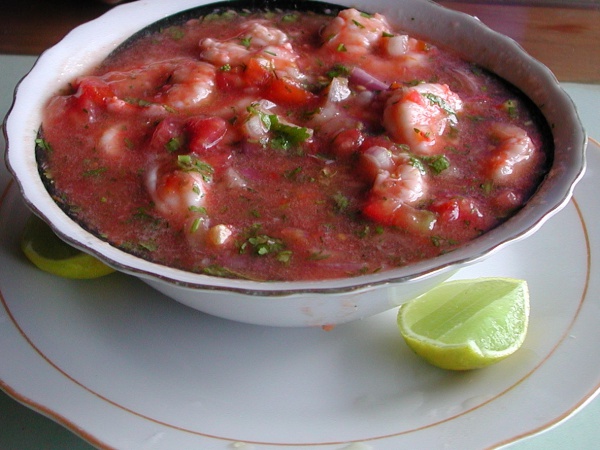Facts About Ecuadorian cuisine
Ecuadorian cuisine is exceptionally diverse, influenced by the country's varying altitudes and agricultural conditions. In the coastal regions, you'll find abundant beef, chicken, and seafood dishes, typically paired with carb-rich sides such as rice, lentils, pasta, or plantains. In the mountainous areas, pork, chicken, beef, and even cuy (guinea pig) are more prevalent, often served with rice, corn, or potatoes. Some must-try dishes include patacones (fried green plantains), llapingachos (potato patties), and seco de chivo (goat stew). For those with a sweet tooth, the lower-altitude regions offer an abundance of fresh fruits like granadilla, passionfruit, and naranjilla.
In the southern highlands, particularly around Loja, you'll encounter unique dishes such as repe (green banana soup), cecina (grilled pork), and miel con quesillo (honey with fresh cheese). Meanwhile, in the rainforest, yuca (cassava) is a dietary staple. A typical Ecuadorian meal usually starts with a hearty soup, followed by a main dish that includes rice or pasta and a protein, and finishes with dessert and coffee. Starches like potatoes, bread, pasta, rice, and yuca are mainstays in Ecuadorian cooking.
When it comes to beverages, aguardiente—a sugar cane-based spirit—is a popular choice. A beloved drink made from aguardiente is canelazo, a warm, spiced cocktail. For non-alcoholic options, Ecuadorians enjoy drinkable yogurt, pinol (a toasted barley flour drink), and colada morada (a thick beverage made with black corn flour and fruit).
Special occasions in Ecuador call for specific traditional dishes. During Lent and Easter, fanesca (a rich fish soup) is a staple. For the Day of the Dead, colada morada and t'anta wawa (stuffed bread shaped like a baby) are customary. These dishes reflect the strong Catholic influence in Ecuadorian culture, blending religious traditions with culinary practices.

 Peru
Peru